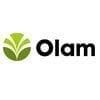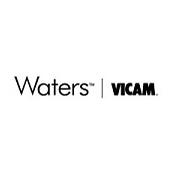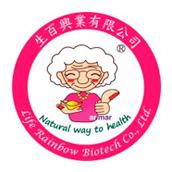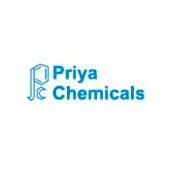Explore all the information on
Enzymes in poultry nutrition
Enzymes are proteins involved in all anabolic and catabolic pathways of digestion and metabolism. Digestive enzymes are categorised as endogenous or exogenous. Endogenous enzymes are produced by the animal and exogenous enzymes are administered from outside. Enzyme supplementation decreases nutrient loss through excreta, reduces diets nutritional levels, improves nutrient availability; thus, enhances production efficiency and profitability. In addition, exogenous enzymes hydrolyse non-starch polysaccharides, increase the usage of feed energy, reduce negative impacts of non-digestive residues on digesta viscosity, and improve gut microbial ecosystem. Cellulase, glucanase, pectinase, xylanase, galactisidases, phytase, non-starch polysaccharides degrading enzymes, amylase, lipase, cellulase, and protease are the most common enzymes used in poultry feed.
Comments related to #Enzymes in poultry nutrition
Featured users in #Enzymes in poultry nutrition
Dr. Guillermo Tellez-Isaias  University of Arkansas (USA)
University of Arkansas (USA)

D.V.M., Ph.D / Profesor Investigador, Laboratorio de Investigación de Salud Aviar
Estados Unidos de América
Estados Unidos de América
Top 10 content about #Enzymes in poultry nutrition

































